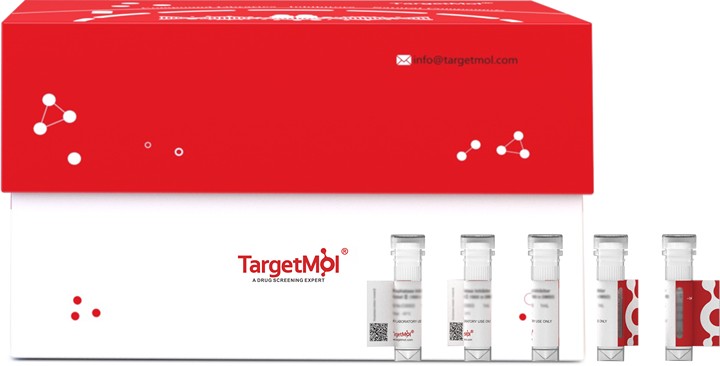Shopping Cart
- Remove All
 Your shopping cart is currently empty
Your shopping cart is currently empty

TIM-4/TIMD4 Protein, Mouse, Recombinant (His) is expressed in HEK293 mammalian cells with His tag. The predicted molecular weight is 29.3 kDa and the accession number is Q6U7R4.

| Pack Size | Price | Availability | Quantity |
|---|---|---|---|
| 100 μg | $696 | 7-10 days | |
| 1 mg | $4,530 | 7-10 days |
| Biological Activity | Activity testing is in progress. It is theoretically active, but we cannot guarantee it. If you require protein activity, we recommend choosing the eukaryotic expression version first. |
| Description | TIM-4/TIMD4 Protein, Mouse, Recombinant (His) is expressed in HEK293 mammalian cells with His tag. The predicted molecular weight is 29.3 kDa and the accession number is Q6U7R4. |
| Species | Mouse |
| Expression System | HEK293 Cells |
| Tag | C-His |
| Accession Number | Q6U7R4 |
| Synonyms | TIM-4,Tim4,T-cell immunoglobulin and mucin domain containing 4,B430010N18Rik |
| Construction | A DNA sequence encoding the extracellular domain of mouse TIMD4 (NP_848874.3) precursor (Met 1-Thr 279) was expressed, with a C-terminal polyhistidine tag. Predicted N terminal: Ala 23 |
| Protein Purity | > 94 % as determined by SDS-PAGE |
| Molecular Weight | 29.3 kDa (predicted); 60-70 kDa (reducing condition, due to glycosylation) |
| Endotoxin | < 1.0 EU/μg of the protein as determined by the LAL method. |
| Formulation | Lyophilized from a solution filtered through a 0.22 μm filter, containing PBS, pH 7.4. Typically, a mixture containing 5% to 8% trehalose, mannitol, and 0.01% Tween 80 is incorporated as a protective agent before lyophilization. |
| Reconstitution | A Certificate of Analysis (CoA) containing reconstitution instructions is included with the products. Please refer to the CoA for detailed information. |
| Stability & Storage | It is recommended to store recombinant proteins at -20°C to -80°C for future use. Lyophilized powders can be stably stored for over 12 months, while liquid products can be stored for 6-12 months at -80°C. For reconstituted protein solutions, the solution can be stored at -20°C to -80°C for at least 3 months. Please avoid multiple freeze-thaw cycles and store products in aliquots. |
| Shipping | In general, Lyophilized powders are shipping with blue ice. |
| Research Background | A type I transmembrane protein called TIM4 (T-cell immunoglobulin- and mucin-domain-containing molecule; also known as TIMD4), which belongs to the immunoglobulin superfamily and TIM family. TIM4 is involved in regulating T-cell proliferation and lymphotoxin signaling. It is a ligand for HAVCR1/TIMD1. Recent reports indicate that dendritic cell (DC)-derived T-cell immunoglobulin and mucin domain molecule (TIM)-4, which is expressed on dendritic cells and macrophages, plays an important role in the initiation of T(H)2 polarization. TIM4 bound apoptotic cells by recognizing phosphatidylserine via its immunoglobulin domain. The expression of TIM4 in fibroblasts enhanced their ability to engulf apoptotic cells. TIM4 is phosphatidylserine receptor for the engulfment of apoptotic cells, and may also be involved in intercellular signalling in which exosomes are involved. Modulation of TIM4 production in dendritic cells (DCs) represents a novel therapeutic approach for the treatment of peanut allergy. The interaction of TIM1/TIM4 played a critical role in sustaining the polarization status of Th2 cells in allergic rhinitis (AR) patients. Cross-linking FcgammaRI by antigen/IgG complexes increased the production of TIM4 by dendritic cells via upregulating tumor necrosis factor-alpha in DCs. Specific immunotherapy (SIT) suppresses the skewed Th2 responses via disrupting the interaction of TIM1/TIM4 in antigen-specific Th2 cells. |

Copyright © 2015-2025 TargetMol Chemicals Inc. All Rights Reserved.